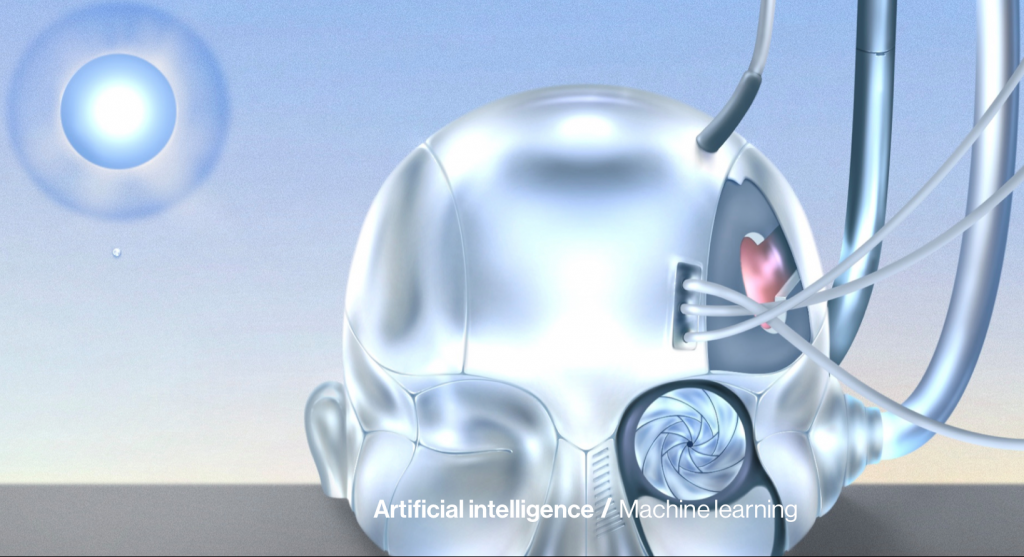
An image of an AI entity from technologyreview.com’s story. (Artist: Shuhua Xiong)
Uber, OpenAI Researchers Create Software Designed to Teach Itself on Autopilot
What if algorithms could learn much faster if they’re running without supervision? According to researchers who have designed software to do just that, they are letting programs training themselves to do certain tasks—though nothing as complicated as folding proteins or identifying cancer.
A story on MIT’s technologyreview.com website by Will Douglas Heaven recounts in great detail how researchers Rui Wang of Uber’s AI division and former colleague Jeff Clune, now with OpenAI, are letting AI try to learn on its own, merely checking its progress each day.
Wang developed the Paired Open-Ended Trailblazer, or POET, which runs overnight to teach virtual bots to navigate virtual landscapes. Clune said he thinks that machine learning has already led to important breakthroughs for AI. As the story explains:
“Take computer vision: a decade ago, the big breakthrough in image recognition came when existing hand-crafted systems were replaced by ones that taught themselves from scratch. It’s the same for many AI successes.
“One of the fascinating things about AI, and machine learning in particular, is its ability to find solutions that humans haven’t found—to surprise us. An oft-cited example is AlphaGo (and its successor AlphaZero), which beat the best humanity has to offer at the ancient, beguiling game of Go by employing seemingly alien strategies. After hundreds of years of study by human masters, AI found solutions no one had ever thought of.”
Clune compares the human brain to AI, stating that it evolved on its own to develop intelligence. His idea of treating AI as open-ended, in a similar way to human learning, might make the difference in how it evolves, too.
“Researchers are already using machine learning on itself, training it to find solutions to some of the field’s hardest problems, such as how to make machines that can learn more than one task at a time or cope with situations they have not encountered before. Some now think that taking this approach and running with it might be the best path to artificial general intelligence. ‘We could start an algorithm that initially does not have much intelligence inside it, and watch it bootstrap itself all the way up potentially to AGI,’ Clune says.”
No one expects Artificial General Intelligence to develop any time soon, however, but AI could still create solutions that go beyond what humans can imagine, the story posits, exploring the work that’s being done to create an artificial brain—by letting AI do it.
“The new system, called AutoML Zero, tries to build an AI from the ground up using nothing but the most basic mathematical concepts that govern machine learning.
“Amazingly, not only did AutoML Zero spontaneously build a neural network, but it came up with gradient descent, the most common mathematical technique that human designers use to train a network. ‘I was quite surprised,’ says Real. ‘It’s a very simple algorithm—it takes like six lines of code—but it wrote the exact six lines.’ “
The current goal is to create an algorithm that uses fewer neurons so it doesn’t overwrite what it’s already learned.
read more at technologyreview.com







Leave A Comment